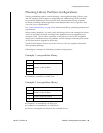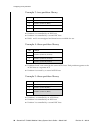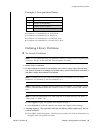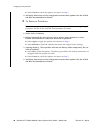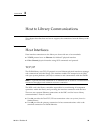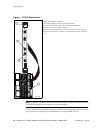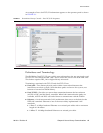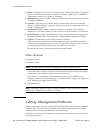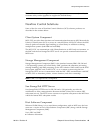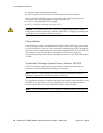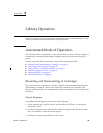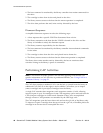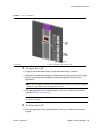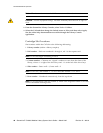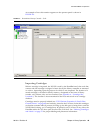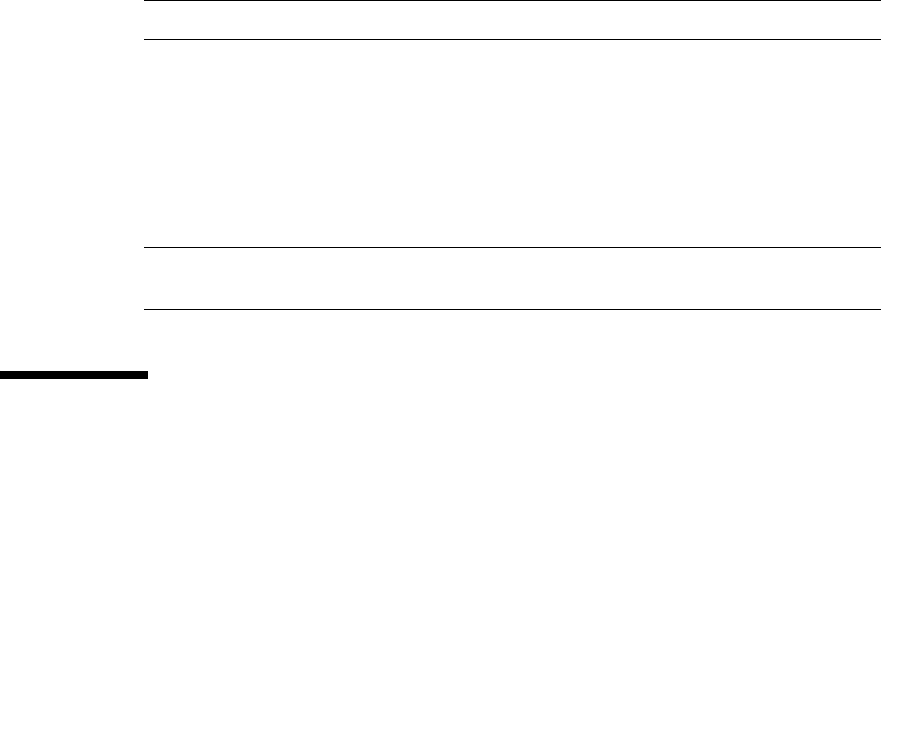
Library Management Software
42 StreamLine™ SL8500 Modular Library System User's Guide • March 2007 Revision K • 96154
■ Mbps—megabits per second, a unit of measure for data transfer speed (a megabit is
equal to one million bits). Newer versions of Ethernet, called Gig-E or 1000Base-T
support data transfers of 1 gigabit (1,000 Mbps).
■ Multi-homed—the host system contains more than one network interface—this does
not imply redundancy.
■ Netmask:—also known as network mask or subnet mask. This entry makes the
library accessible through a subnet on a larger network, using a number from 0 to 32; for
example, 126.80.70.121/23.
■ Redundant TCP/IP—relates to dynamic routing or switching from a primary
interface to a secondary interface in the event of a network failure on one interface.
■ Static Routing—routing information in the host system is manually configured by
the system administrator. This is the only routing method supported by SL8500.
■ TCP/IP—Transmission Control Protocol/Internet Protocol
TCP is one of the main protocols in networks that enable two hosts to establish a
connection and exchange streams of data. TCP guarantees delivery of data and also
guarantees that packets are delivered in the order they were sent.
IP specifies the format of packets and the addressing scheme.
Fibre Channel
Topologies include:
■ Switched Fabric
Note – This topology is the only one supported for library-attached drives.
A switched fabric provides dynamic interconnections between nodes and multiple,
simultaneous Fibre Channel connections for the network.
If the library is connected to a Fibre Channel switch or fabric-capable host, it
configures itself as a switched topology. A switched fabric topology can support up
to 16 million ports logged into the fabric.
■ Arbitrated Loop
Note – The library does not support forcing Arbitrated Loop connection by setting a
Hard ALPA (Arbitrated Loop Physical Address).
Library Management Software
Library management software components control the library and manage the library
database. They also retain volume location and attribute information, plus perform
activities such as mounts and dismounts, enters and ejects.
Sun offers several software components depending on the platform, connection type,
and operating system.




